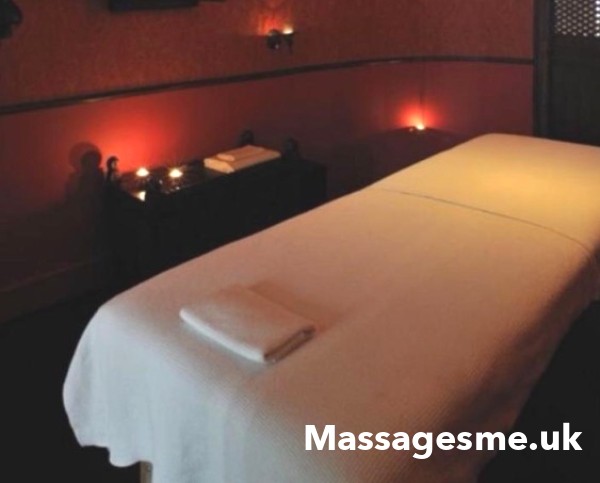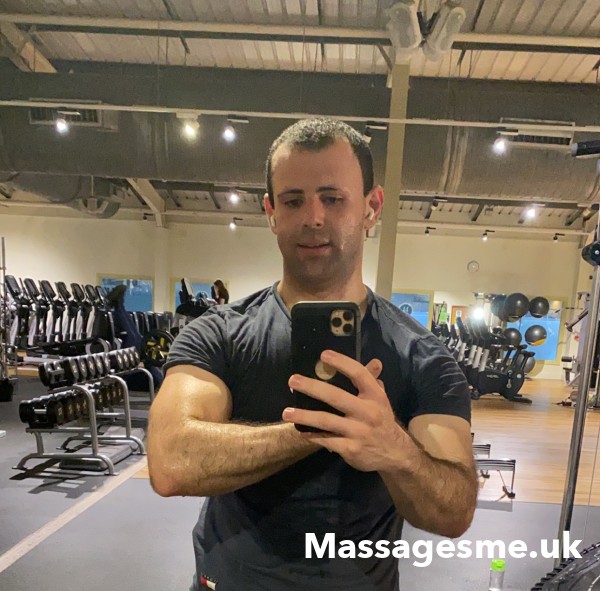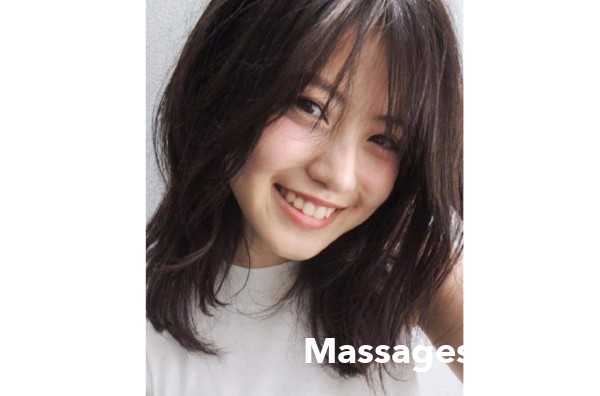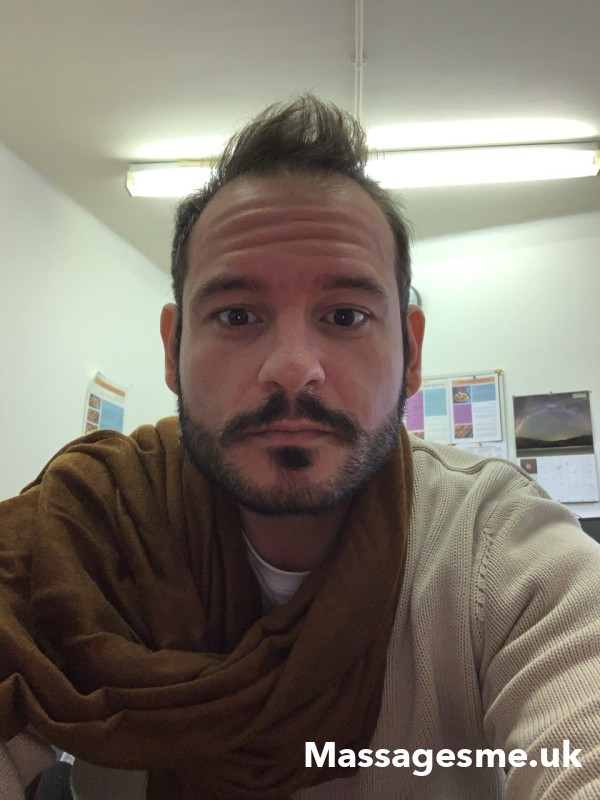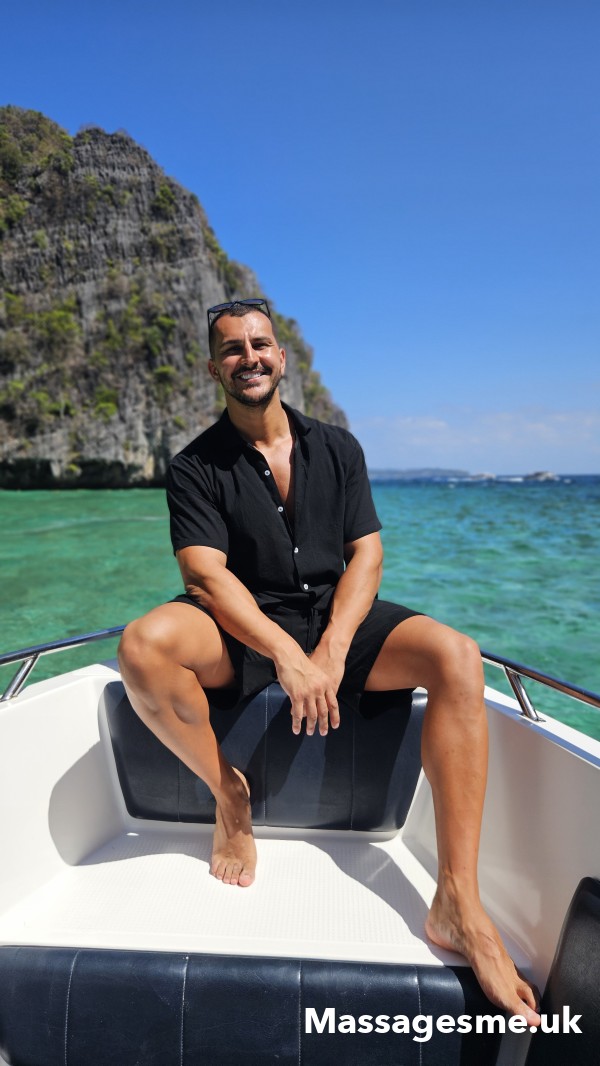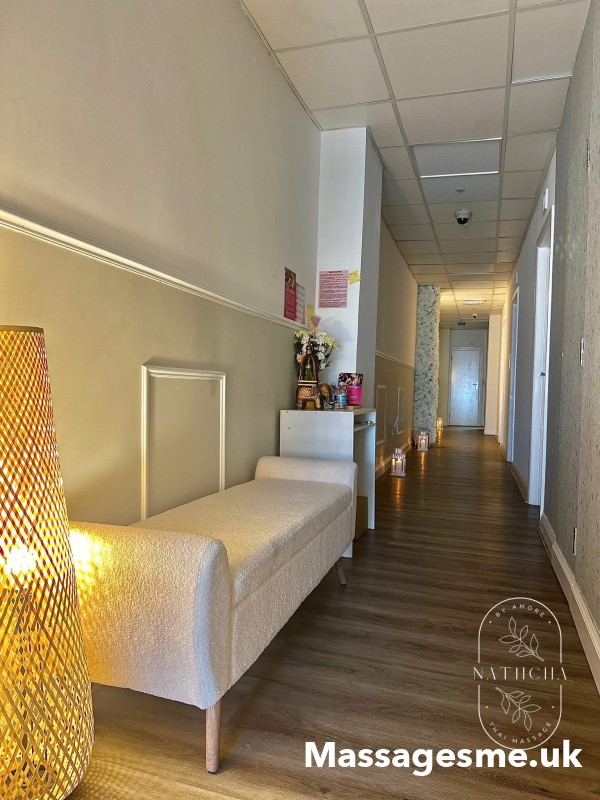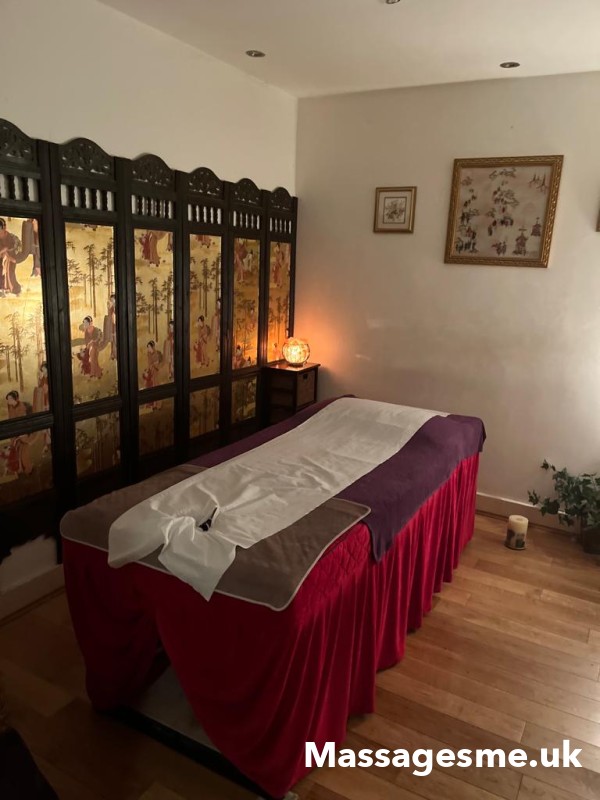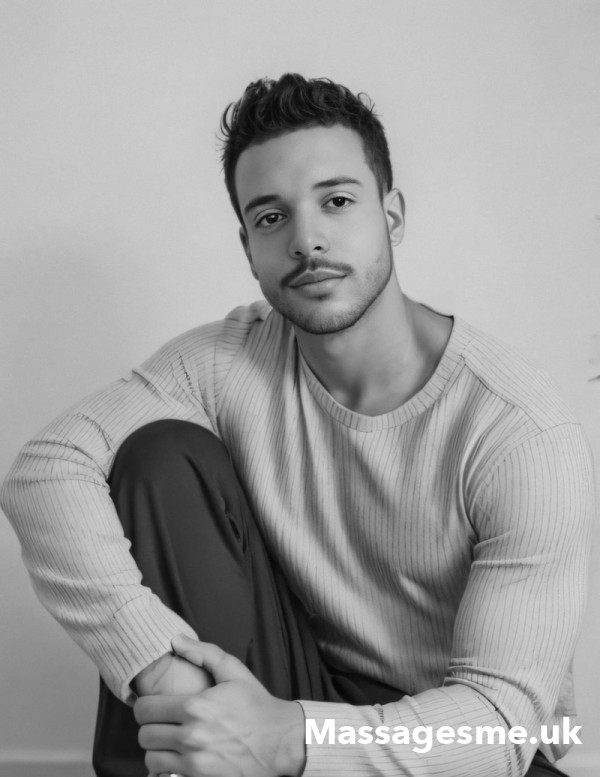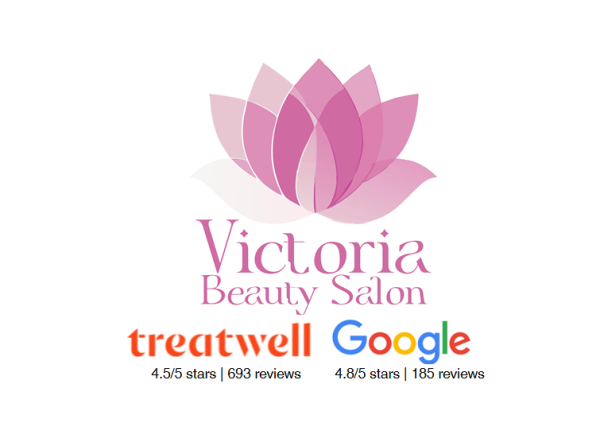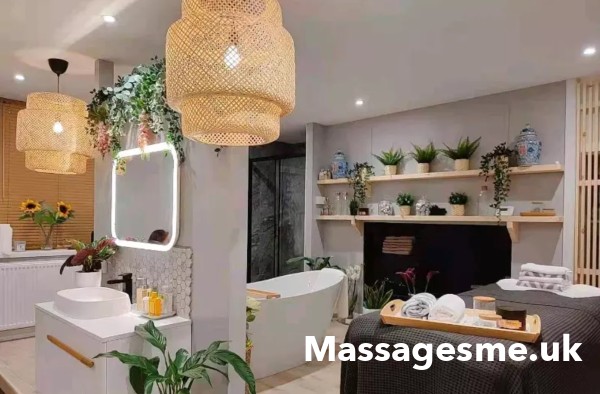Foot reflexology represents a sophisticated holistic therapy deeply rooted in the intricate anatomical design of the human foot and its profound connection to overall health and wellbeing. This ancient healing practice operates on the scientifically supported principle that the foot functions as a complex neurological network containing over 15,000 nerve endings, 42 muscles, 33 joints, 26 bones, and more than 50 ligaments.
The extraordinary map of reflex points that correspond directly to specific organs, glands, and systems throughout the entire body. Far beyond a simple foot massage, foot reflexology—also recognised as "zone therapy"—utilises precise pressure point techniques and systematic manipulation to stimulate the body's natural healing mechanisms, offering a comprehensive range of physical, emotional, and energetic benefits that support optimal health and restore balance to both body and mind.
Understanding the Complex Foot Network and Reflexology Science
The human foot represents one of the most intricate and sophisticated structures in the human body, serving as a remarkable foundation that connects directly to our entire physiological system. This extraordinary complexity forms the scientific foundation of reflexology therapy, with each foot containing an astonishing network of 15,000 nerve endings, 42 individual muscles, 33 articulating joints, 26 precisely arranged bones, and over 50 supporting ligaments that work in perfect harmony to support movement, balance, and neurological communication throughout the body.
The Anatomical Foundation of Reflexology
Professional foot reflexologists utilise comprehensive anatomical maps of the foot, where each specific area corresponds to particular organs, glands, and body systems through established neurological pathways and energy channels. This sophisticated mapping system, developed through centuries of practice and modern scientific validation, forms the basis for targeted therapeutic intervention.
Primary Reflexology Zones and Corresponding Body Systems:
- The Ball of the Foot: Directly reflects the chest, lungs, heart, and upper respiratory system
- The Ridge Between Toes and Ball: Corresponds to the shoulder girdle, neck region, and upper spine
- The Arch: Reflects digestive organs including stomach, liver, pancreas, and intestinal system
- The Inside Curve of Each Foot: Mirrors the natural curves and segments of the entire spinal column
- The Toes: Represent the head, brain, sinuses, and cranial nerve functions
- The Heel and Ankles: Hold reflex points related to the reproductive system, pelvic organs, and lower back
For reflexology sessions to achieve optimal therapeutic effectiveness, treatment must be administered by thoroughly trained reflexology practitioners who possess a comprehensive understanding of anatomical correlations, pressure point sensitivities, and the precise techniques required to stimulate healing responses safely and effectively.
Comprehensive Benefits of Professional Reflexology Therapy
Professional reflexology therapy offers an extensive spectrum of scientifically documented benefits that extend far beyond relaxation, providing measurable improvements in both physical health and emotional well-being through systematic stimulation of the body's natural healing mechanisms.
Evidence-Based Therapeutic Benefits
- Advanced Pain Management: Reflexology demonstrates remarkable effectiveness in managing diverse pain conditions, from chronic ailments such as arthritis, fibromyalgia, and neuropathy to acute pain presentations including migraines, tension headaches, and musculoskeletal discomfort. Professional reflexologists target specific reflex points to trigger the body's natural pain-relief mechanisms through the release of endorphins and modulation of the nervous system.
- Stress and Anxiety Reduction: In our increasingly demanding modern lifestyle, chronic stress and anxiety represent significant health challenges affecting millions. Professional reflexology offers a scientifically validated therapeutic intervention that induces profound relaxation states, promotes the release of mood-enhancing endorphins, and activates the parasympathetic nervous system to reduce cortisol levels and enhance overall emotional regulation.
- Digestive Health Optimisation: Reflexology specifically targets digestive system reflex points, helping to alleviate gastrointestinal discomfort, improve nutrient absorption, reduce bloating and indigestion, and promote optimal digestive function through enhanced blood flow and nervous system regulation of digestive organs.
- Hormonal Balance and Endocrine Support: Professional reflexologists stimulate hormone-related reflex points to support optimal endocrine function, helping to harmonise hormonal activity throughout the body. This proves particularly beneficial for individuals experiencing hormonal fluctuations during menopause, menstruation, thyroid dysfunction, or adrenal fatigue.
- Immune System Enhancement: Reflexology therapy significantly enhances lymphatic circulation and immune system function, strengthening the body's natural defence mechanisms against pathogens, toxins, and environmental stressors whilst improving overall blood circulation and oxygenation throughout all body systems.
- Energy Balancing and Vitality Restoration: This therapeutic approach works to rebalance the body's natural energy flow, facilitating the body's innate healing abilities and removing energetic blockages caused by stress, illness, poor nutrition, or emotional trauma, allowing vital healing energy to flow freely throughout all body systems.
- Enhanced Healing and Recovery: Reflexology stimulates the release of natural healing enzymes and growth factors, promoting cellular repair, clearing metabolic toxins, and delivering essential oxygen and nutrients to areas requiring therapeutic attention, significantly accelerating the body's natural healing processes.
Clinical Research and Evidence Base
- Pain Reduction Studies: Clinical trials demonstrate a 40-60% reduction in chronic pain intensity scores following regular reflexology treatment
- Stress Management Research: Measured decreases in cortisol levels and blood pressure following systematic reflexology intervention
- Sleep Quality Improvement: Documented improvements in sleep duration and quality in 75% of study participants
- Circulation Enhancement: Measurable increases in blood flow and lymphatic drainage following reflexology sessions
- Digestive Function: Significant improvements in digestive symptoms and gut health markers in clinical studies
- Immune Function: Enhanced immune markers and reduced illness frequency in regular reflexology recipients
Whilst professional reflexology typically produces minimal discomfort when performed correctly, it transcends the realm of basic foot massage through its therapeutic precision and systematic approach. Any temporary sensitivity during treatment usually indicates underlying imbalances in corresponding body systems, which skilled reflexologists address through gentle, precise techniques designed to restore harmony and optimal function throughout the entire body.

Distinguishing Professional Reflexology from Traditional Foot Massage
Whilst reflexology and traditional foot massage may appear superficially similar, they differ fundamentally in their therapeutic approaches, scientific foundations, treatment objectives, and historical development, representing distinctly different therapeutic modalities with unique benefits and applications.
| Aspect | Professional Reflexology | Traditional Foot Massage |
|---|---|---|
| Techniques | Precise pressure point manipulation based on anatomical mapping and zone therapy principles | Generalised massage techniques focused on muscle relaxation and circulation |
| Focus Areas | Specific reflex points corresponding to organs and systems throughout the body | Muscle groups, soft tissues, and general circulation in feet and lower legs |
| Treatment Objectives | Systematic healing, organ function optimisation, and whole-body wellness | Local muscle relaxation, tension relief, and general comfort |
| Scientific Foundation | Based on neurological pathways, zone therapy, and traditional medicine principles | Founded on conventional massage therapy and muscle manipulation techniques |
| Training Requirements | Specialised reflexology certification with anatomical and therapeutic education | General massage therapy training with basic foot massage techniques |
| Treatment Duration | 45-60 minutes for comprehensive system assessment and treatment | 30-45 minutes focused on relaxation and muscle tension relief |
Understanding these fundamental differences enables individuals to make informed decisions about which therapeutic approach best aligns with their specific health objectives and wellness goals, ensuring optimal therapeutic outcomes.
Comprehensive Foot Reflexology Mapping and Pressure Points
Detailed Reflexology Zone Mapping
Professional reflexology utilises sophisticated anatomical mapping systems that correlate specific foot areas with corresponding body organs and systems. This precision mapping enables targeted therapeutic intervention for optimal healing outcomes.

Toe Tips and Toe Areas
- Brain and Head Function: The tips of all toes correspond directly to brain function and cranial health. Professional manipulation of these points supports mental clarity and cognitive function, and may help alleviate headaches and migraines through stimulation of the neurological pathway.
- Eyes and Ears: The area immediately below toe tips, particularly the second and third toes, connects to visual health and eye function, whilst the fourth and fifth toes correspond to auditory health and ear function.
- Sinus and Respiratory: The pads of all toes connect to sinus health and upper respiratory function. Systematic massage of these areas can provide relief from sinus congestion, allergies, and respiratory discomfort.
Ball of the Foot Areas
- Lungs and Respiratory System: The ball of the foot corresponds comprehensively to chest and lung function. Professional treatment of this area supports respiratory health, breathing capacity, and may alleviate chest discomfort and breathing difficulties.
- Heart and Cardiovascular System: The area just below the toes on the ball of the foot connects to heart function and cardiovascular health. Reflexologists focus on this area to promote optimal heart function and circulation.
- Thyroid and Hormonal Function: Located at the base of the big toe, this crucial point connects to thyroid gland function. It supports overall hormonal balance and metabolic regulation.
Arch of the Foot Areas
- Liver Function: On the right foot, the arch area directly corresponds to liver health and detoxification processes. Professional treatment supports liver function, detoxification, and metabolic health.
- Stomach and Digestion: The left foot arch corresponds to stomach function and digestive health, supporting optimal digestion and gastrointestinal comfort.
- Pancreas and Blood Sugar: Located in the middle arch area of the left foot, this point supports pancreatic function and blood sugar regulation, particularly beneficial for metabolic health.
- Kidney Function: Points near the centre of both foot arches correspond to kidney health, supporting optimal kidney function, fluid balance, and detoxification processes.
Specialised Foot Areas
- Spinal Health (Inner Edge): The inner edge of each foot, extending from heel to big toe, mirrors the complete spinal column. Professional reflexologists target this area to support spinal health, posture, and nervous system function.
- Arms and Shoulders (Outer Edge): The outer edge of the foot corresponds to arm and shoulder function, supporting upper extremity health and mobility.
- Pelvic and Reproductive Health (Heel): The heel area connects to pelvic organs and reproductive system health, supporting reproductive function and pelvic comfort.
- Lymphatic System (Foot Top): The top of the foot corresponds to lymphatic system function, crucial for immune health and fluid balance throughout the body.
Professional Treatment Sessions and Therapeutic Protocols
Comprehensive Treatment Session Structure
Professional reflexology sessions follow systematic protocols designed to maximise therapeutic benefits whilst ensuring client comfort and safety throughout the treatment process.
Standard Session Protocol (45-60 minutes):
- Initial Assessment (5-10 minutes): Health history review, current concerns evaluation, and treatment goal establishment
- Relaxation Preparation (5 minutes): Client positioning, environment optimisation, and initial relaxation techniques
- Foot Examination (5 minutes): Visual and palpatory assessment of foot condition, areas of tension, and reflex point sensitivity
- Systematic Zone Treatment (25-35 minutes): Comprehensive treatment of all reflex zones using appropriate pressure and technique
- Targeted Problem Areas (10-15 minutes): Focused attention on specific areas corresponding to the client's health concerns
- Integration and Relaxation (5 minutes): Gentle overall foot massage and relaxation techniques to integrate treatment
- Post-Treatment Guidance (5 minutes): Hydration recommendations, potential reactions discussion, and home care advice
Safety Considerations and Professional Standards
Contraindications and Special Considerations
Conditions Requiring Medical Clearance:
- Pregnancy (especially first trimester)
- Active cancer or recent cancer treatment
- Blood clotting disorders or deep vein thrombosis
- Severe cardiovascular conditions
- Active infections or fever
- Recent surgery or trauma to feet or legs
- Severe diabetes with neuropathy
- Severe mental health conditions
Local Contraindications (Foot-Specific):
- Open wounds, cuts, or infections on feet
- Severe foot ulcers or diabetic foot complications
- Acute injuries or fractures
- Severe oedema or swelling
- Active gout or severe arthritis flares
Professional Reflexology Pricing and Healthcare Integration
UK Reflexology Massage Pricing Guide (2025)
Spa and Wellness Centre Treatments
- London Premium Spas: £60-£120 per session (45-60 minutes)
- Regional City Spas: £40-£100 per session
- Boutique Wellness Centres: £45-£85 per session
- Hotel and Resort Spas: £55-£110 per session
Mobile Reflexology Services
- London and Southeast: £60-£110 (including travel and equipment)
- Regional UK Cities: £50-£90 (including reasonable travel distance)
- Rural and Extended Areas: £45-£80 plus travel charges
- Package Deals: Discounted rates for multiple session bookings (typically 10-15% reduction)
Specialist Reflexology Clinics
- Dedicated Reflexology Practices: £50-£95 per session
- Integrated Health Centres: £45-£85 per session
- Complementary Medicine Clinics: £55-£100 per session
Healthcare Integration and Professional Recognition
- NHS Integration: Some NHS trusts offer reflexology within complementary therapy programmes
- Cancer Care Support: Widely used in oncology centres for symptom management and quality of life
- Palliative Care: Standard offering in many hospices and palliative care facilities
- Mental Health Services: Integration within anxiety and stress management programmes
- Private Healthcare: Coverage through some private health insurance policies
- Occupational Health: Workplace wellness programmes incorporating reflexology for stress management
Professional Certification and Practitioner Standards
Professional Qualification Requirements
- Certified Reflexology Training: Minimum 110-150 hours of comprehensive reflexology education from recognised institutions
- Anatomy and Physiology: Thorough understanding of human anatomy, particularly nervous and circulatory systems
- Clinical Practice: Supervised clinical experience with diverse client populations and health conditions
- Professional Ethics: Training in therapeutic boundaries, confidentiality, and professional conduct
- Continuing Education: Ongoing professional development requirements to maintain certification
- Insurance and Registration: Professional liability insurance and registration with recognised professional bodies
Recognised UK Professional Bodies
- Association of Reflexologists (AoR)
- British Reflexology Association (BRA)
- International Federation of Reflexologists (IFR)
- Complementary and Natural Healthcare Council (CNHC)
- Federation of Holistic Therapists (FHT)
Client Experiences and Professional Testimonials
Tips for Maximising Reflexology Benefits
- Optimal Relaxation: Arrive well-rested and allow time to unwind before treatment begins
- Communication: Provide detailed health information and communicate pressure preferences clearly
- Hydration Protocol: Drink plenty of water before and after sessions to support detoxification processes
- Regular Sessions: Consistency enhances cumulative benefits—weekly or bi-weekly sessions often prove most effective
- Lifestyle Integration: Combine reflexology with other wellness practices for optimal health outcomes
- Post-Treatment Care: Allow time for rest and avoid strenuous activities immediately following treatment
Integration with Complementary Therapies
Professional reflexology integrates exceptionally well with various therapeutic modalities for comprehensive wellness approaches:
- With Aromatherapy Massage: Essential oils enhance relaxation and therapeutic benefits during treatment
- With Acupuncture: Complementary approaches to energy balance and healing promotion
- With Sports Massage: Enhanced recovery and performance optimisation for athletic populations
- With Meditation and Mindfulness: Deepened relaxation states and stress management effectiveness
- With Nutritional Therapy: Comprehensive approaches to digestive health and overall wellness
- With Hot Stone Therapy: Enhanced circulation and deeper therapeutic effects
The Future of Reflexology in UK Healthcare
Reflexology continues evolving through research advances, technology integration, and expanding recognition within evidence-based healthcare systems across the United Kingdom.
Current Development Trends
- Scientific Research Expansion: Ongoing clinical trials investigating mechanisms and therapeutic applications
- Technology Integration: Digital pressure mapping and biofeedback enhancing treatment precision
- Healthcare Integration: Increasing inclusion within NHS and private healthcare treatment protocols
- Professional Standardisation: Enhanced training requirements and certification standards
- Specialisation Development: Advanced techniques for specific populations and health conditions
- Preventive Applications: Growing focus on wellness maintenance and disease prevention
Conclusion: Embracing Holistic Healing Through Professional Reflexology
Foot reflexology represents a sophisticated holistic therapy that harnesses the body's natural healing abilities through systematic stimulation of the intricate reflex point network within the feet. This time-tested therapeutic approach offers a comprehensive range of scientifically-documented benefits, from effective pain management and stress reduction to enhanced immune function and overall wellness optimisation.
The key to successful reflexology outcomes lies in working with appropriately qualified practitioners who possess comprehensive training in anatomical mapping, pressure point techniques, and therapeutic protocols. When integrated thoughtfully within comprehensive wellness programmes, professional reflexology provides measurable benefits that support both immediate symptom relief and long-term health optimisation.
Whether addressing specific health concerns, seeking stress management solutions, or pursuing overall wellness enhancement, qualified reflexology therapy offers a safe, effective therapeutic intervention that honours the body's natural healing intelligence whilst promoting optimal function across all physiological systems.
Discover Professional Reflexology Services Near You
Experience the transformative benefits of professional reflexology massage by connecting with qualified reflexology specialists through our comprehensive platform. Whether you prefer treatment at established wellness spas and massage centres offering holistic therapy services or the comfort and convenience of mobile reflexology therapy delivered in your own home, our carefully curated network ensures access to certified professionals committed to exceptional therapeutic care.
Choose from experienced male reflexology specialists or qualified female practitioners, each bringing unique expertise and approaches to holistic healing and wellness support. Our platform makes it effortless to compare professional qualifications, read verified client testimonials, and book comprehensive consultations with complete confidence.
Simply enter your postcode to explore available certified reflexology practitioners in your area, compare specialised training and experience levels, and begin your journey towards enhanced health and wellbeing through professional reflexology therapy. Your comfort, healing, and wellness deserve nothing less than expert care from qualified professionals who understand the profound therapeutic potential of reflexology massage.




